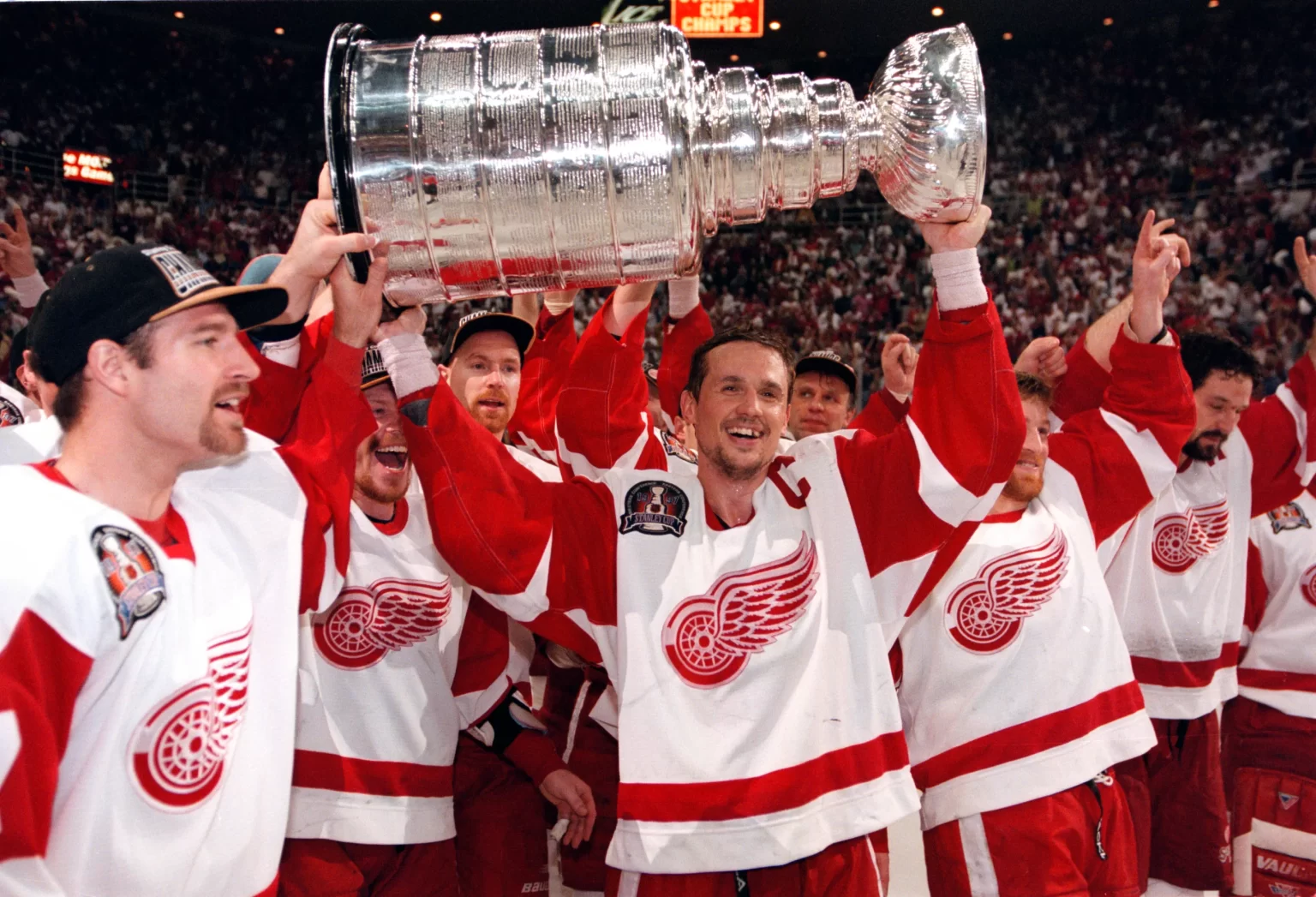In the grand arena of sports, where champions are crowned and legends are born, few trophies shine as brightly as the Stanley Cup. This gleaming silver chalice is more than just a trophy; it’s a symbol of excellence, a living archive of hockey’s history, and a testament to the dedication and resilience of countless athletes. But how did this iconic prize come into existence? How has it evolved over the years, and why does it continue to captivate the hearts of fans worldwide? Let’s embark on a fascinating journey through the annals of the Stanley Cup’s history.
A British Beginning
The story of the Stanley Cup had a modest and somewhat unexpected beginning. 1892, the trophy was born and christened after Lord Stanley of Preston, the Governor General of Canada. This illustrious trophy was not extravagant; it was acquired for ten guineas, translating to roughly $50 today. Lord Stanley was inspired to establish this award after witnessing an ice hockey match between two amateur clubs in Montreal. Struck by the players’ skill and enthusiasm, he envisioned a trophy fostering a spirit of competition in the burgeoning sport.
The Formative Years
In its infancy, the Stanley Cup was far from the high-stakes, big-budget spectacle that characterizes today’s National Hockey League (NHL). Surprisingly, the NHL didn’t exist until 1917, a quarter-century after the Stanley Cup’s inception. Initially, this prestigious trophy was awarded to the best amateur team in Canada, and challenges for the Cup could be issued by any team willing to vie for it. Teams from various leagues across North America began to vie for the opportunity to win this illustrious Cup, with some groups even crossing the Atlantic Ocean to compete and bring international acclaim to the competition.
Transformative Times
As the 20th century unfolded, the Stanley Cup underwent significant transformations, mirroring the growth and evolution of ice hockey itself. With the establishment of the NHL, the trophy gradually became the exclusive prize for the league’s champions, solidifying its status as the ultimate achievement in professional ice hockey. Unlike other sports trophies, which are crafted yearly, the Stanley Cup is unique. The names of winning teams are engraved directly onto its gleaming surface, ensuring every champion becomes an enduring part of its history.
Moments of Legend
The Stanley Cup has witnessed some of the most unforgettable moments in sports history. Whether it’s Bobby Orr soaring to net a championship-winning goal for the Boston Bruins in 1970 or Wayne Gretzky leading the Edmonton Oilers to multiple titles during the 1980s, this iconic trophy has stood at the epicenter of legendary milestones. Remarkably, the odds of predicting these legendary moments are not always in favor of the favorites, adding an element of unpredictability and drama to the sport. However, the Cup’s legacy isn’t solely built on triumphs but has witnessed its share of mishaps and peculiarities. From being inadvertently left on the side of the road to being repurposed as a flowerpot, the Stanley Cup has embarked on a colorful array of adventures that have only added to its charm and folklore.
The Living Archive
Today, the Stanley Cup stands as a living testament to countless athletes’ dreams, aspirations, and accomplishments. Unlike any other trophy in professional sports, it carries within it the engraved names of every team and player that has ever hoisted it, narrating a story perpetually etched in silver and steeped in history. As a new season dawns and the race for the next championship ignites, one thing remains constant: the memorable place of the Stanley Cup in the heart and soul of ice hockey. It’s more than a trophy; it’s a cherished relic that continues to unite generations of fans and players in their shared love for the game, making it a hockey holy grail.
